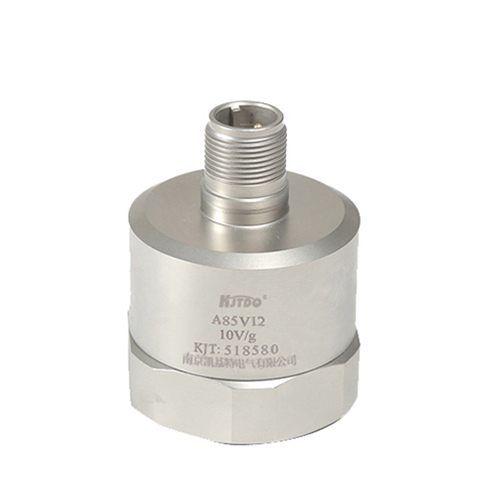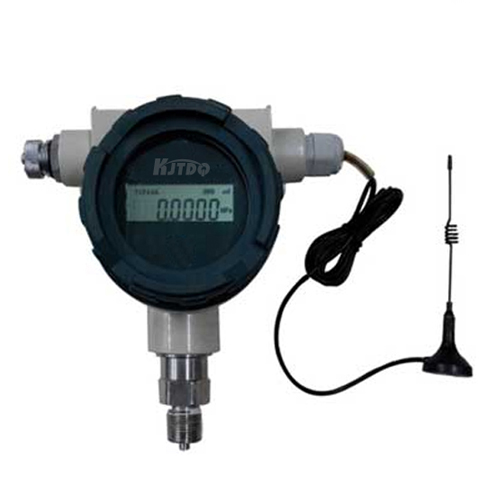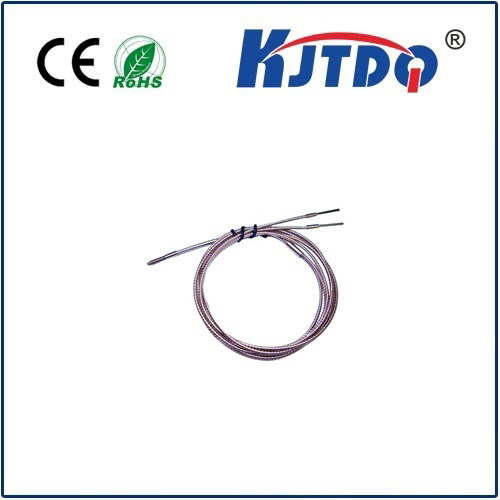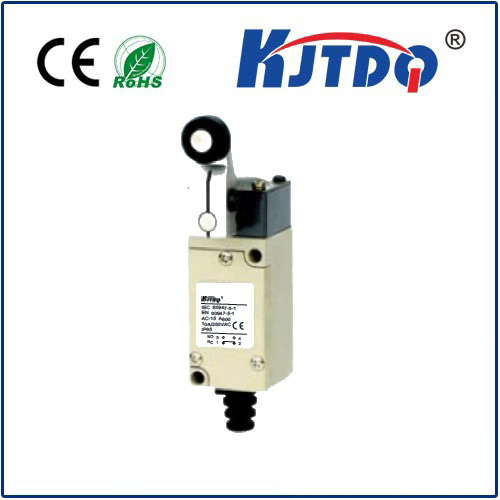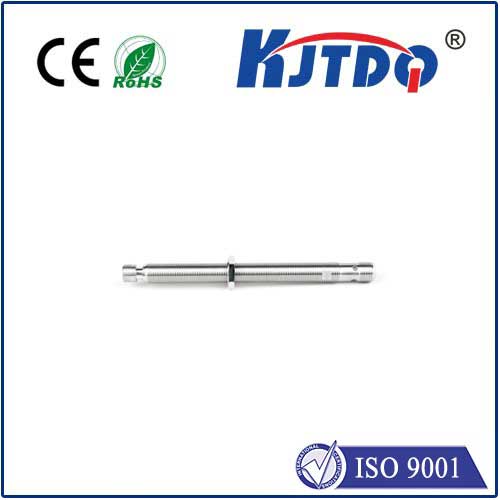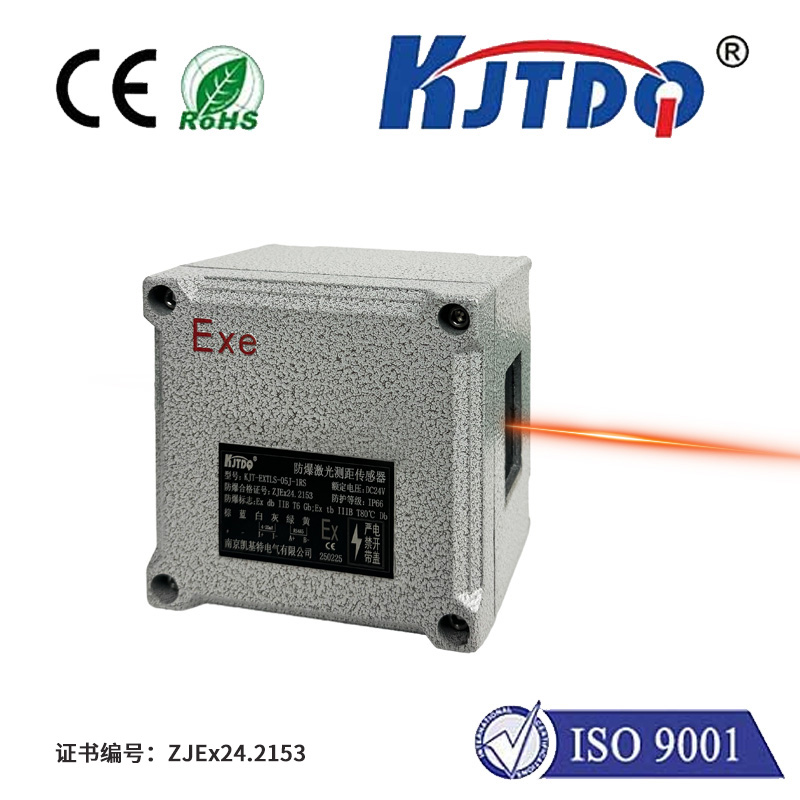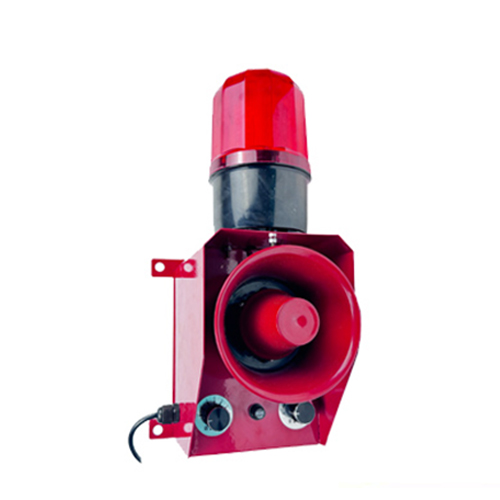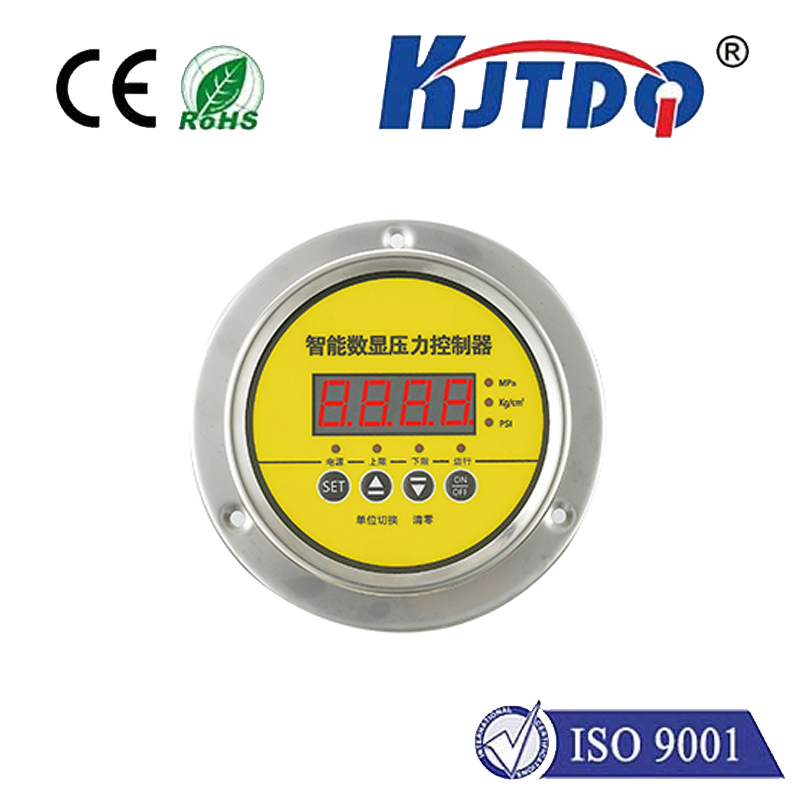proximity sensor switch
- time:2025-09-05 14:09:33
- Нажмите:0
The Silent Sentinel: Demystifying the Proximity Sensor Switch
Imagine a world where machines possess a delicate sense of touch without ever making physical contact. Where safety barriers activate before intrusion, production lines hum with flawless efficiency as parts glide into place, and your smartphone screen instinctively sleeps as it nears your ear. This is not science fiction; it’s the everyday reality powered by the unassuming yet transformative proximity sensor switch. Understanding this technology is key to unlocking smoother, smarter, and safer automated systems across countless industries.
Essentially, a proximity sensor switch is an electronic device designed to detect the presence or absence of a nearby object without requiring any physical contact. Think of it as an invisible switch triggered by proximity alone. When a target object enters the sensor’s predefined sensing range or detection field, the sensor reacts – typically by changing its output state. This output signal acts like the “on” or “off” command of a traditional mechanical switch, but achieved entirely contact-free. This fundamental characteristic of non-contact detection is what makes proximity sensors so revolutionary and reliable.
How Does This Invisible Detection Work?
While the principle is consistent – detecting objects without touch – the underlying technology varies, tailored to specific needs and target materials:

- Inductive Proximity Sensors: These are the workhorses for detecting metallic objects (steel, aluminum, brass, etc.). Inside the sensor, an oscillator generates a high-frequency electromagnetic field radiating from the sensing face. When a conductive metal target enters this field, it induces small eddy currents on the target’s surface. These currents draw energy from the sensor’s oscillator, causing its amplitude to drop. An evaluator circuit detects this change and triggers the solid-state output switch. They excel in harsh industrial environments, are immune to dust, oil, and moisture (often boasting high IP ratings like IP67), and offer long operational lives due to the absence of moving parts. Look for them reliably positioning metal parts on conveyors or confirming machine tool positions.
- Capacitive Proximity Sensors: These versatile sensors can detect nearly any material – metals, plastics, wood, liquids, powders, and even human skin. They function based on changes in electrical capacitance. The sensor face acts as one plate of a capacitor, and the nearby object (or even the background) acts as the other plate. As a target object nears, the capacitance between the sensor and the object increases. The sensor’s circuitry measures this change and switches its output when the capacitance surpasses a set threshold. Their ability to sense non-metallics makes them ideal for liquid level detection in tanks, presence verification of plastic bottles or packages, or even touch-sensitive controls.
- Other Types: While inductive and capacitive dominate the switch category, photoelectric (using light beams) and ultrasonic (using sound waves) sensors also offer proximity detection but often function more as analog/distance sensors rather than simple binary switches.
Why Choose a Proximity Switch Over Mechanical? The Compelling Advantages
The shift from mechanical switches to proximity sensor switches delivers significant operational benefits:
- Zero Physical Contact: This is the cornerstone advantage. No wear and tear occurs from repeated impacts or friction, leading to dramatically extended service life and reduced maintenance costs. Mechanical switches eventually fail due to contact erosion; proximity sensors largely avoid this fate.
- High Reliability & Speed: Without moving parts, proximity sensors offer incredibly fast response times – often measured in milliseconds. They can operate reliably at high frequencies, perfect for rapid production lines. Resistance to vibration and shock further enhances their reliability in demanding settings.
- Harsh Environment Resilience: Many proximity sensors feature robust housings (stainless steel or rugged plastics) and are sealed against ingress (dust, water, oils, chemicals). High IP ratings ensure consistent performance where mechanical switches would falter or fail due to contamination.
- Improved Hygienics: In food, beverage, and pharmaceutical applications, the non-contact nature eliminates crevices where contaminants could hide, supporting critical sanitary requirements.
- Silent Operation: Without the “click” of mechanical contacts, they operate silently, contributing to a quieter working environment.
- Многогранность: Capacitive sensors broaden the scope, enabling detection of virtually any substance, opening applications impossible for mechanical or purely inductive solutions.
Where Do Proximity Sensor Switches Shine? Diverse Applications
The application spectrum for proximity sensor switches is vast and continually expanding:
- Промышленная автоматизация: The undisputed king of applications. Think machine safety (guarding, door interlocks), object counting on conveyors, precise end-of-travel detection in cylinders/actuators, parts positioning, rotational speed monitoring (counting gear teeth), and fill level control. Inductive sensors dominate metal detection, while capacitive sensors handle plastics, liquids, and granular materials.
- Automotive: Found throughout vehicles for gear position sensing, wheel speed sensing (ABS systems), non-contact buttons, seat belt buckle detection, and engine component monitoring.
- Consumer Electronics: That automatic screen dimming on your phone when held to your ear? A proximity sensor switch. Lid closure detection on laptops is another common use.
- Building Automation & Security: Automatic doors, touchless light switches, presence detection for security systems, and automatic faucets/toilets all leverage proximity sensing for hygienic and efficient operation.
- Material Handling & Packaging: Verifying package presence on conveyors, detecting stacked items, controlling sorting gates, and liquid level sensing in tanks during filling processes.
Selecting the Right Proximity Sensor Switch: Key Considerations
Choosing the optimal sensor requires evaluating several factors:
- Target Material: Metal? Use inductive. Non-metal (plastic, liquid, wood)? Capacitive is usually required. The specific material composition can also influence sensing range and stability.
- Required Sensing Range (Sn): How far away does the sensor need to detect the object? Ranges vary significantly between sensor types and models. Always check the rated switching distance (Sn) for your target material.
- Operating Environment: Consider temperature extremes, potential exposure to chemicals/oils/coolants, dust/dirt, high pressure washdown, and intense electrical noise. Match the sensor’s housing material (e.g., nickel-plated brass vs. stainless steel) and IP rating (e.g., IP67, IP69K) to the environment. Will there be strong Вибрация or shock?
- Electrical Requirements: Voltage supply (DC or AC?), output type (NPN/PNP transistor, Normally Open/Normally Closed), and required current rating for the load.
- Mounting & Size: Physical constraints are critical. Consider flush mount vs. non-flush mount inductive sensors (flush can be mounted embedded in metal). How much space is available for the sensor body?
- Output Configuration: Decide if you need a discrete digital on/off signal (standard switch behavior) or potentially an analog output proportional to distance (less common in simple “switch” types).
- Cost: While offering long-term savings, upfront costs vary. Balancing performance requirements with budget is essential.
From the precise choreography of robotic assembly lines to the simple convenience of a touchless tap, the proximity sensor switch operates as an unseen guardian, enabling smoother workflows, enhanced safety, and remarkable efficiency. Its core strength lies in replacing physical contact with intelligent, reliable non-contact detection, fundamentally changing how machines and systems interact with the physical


